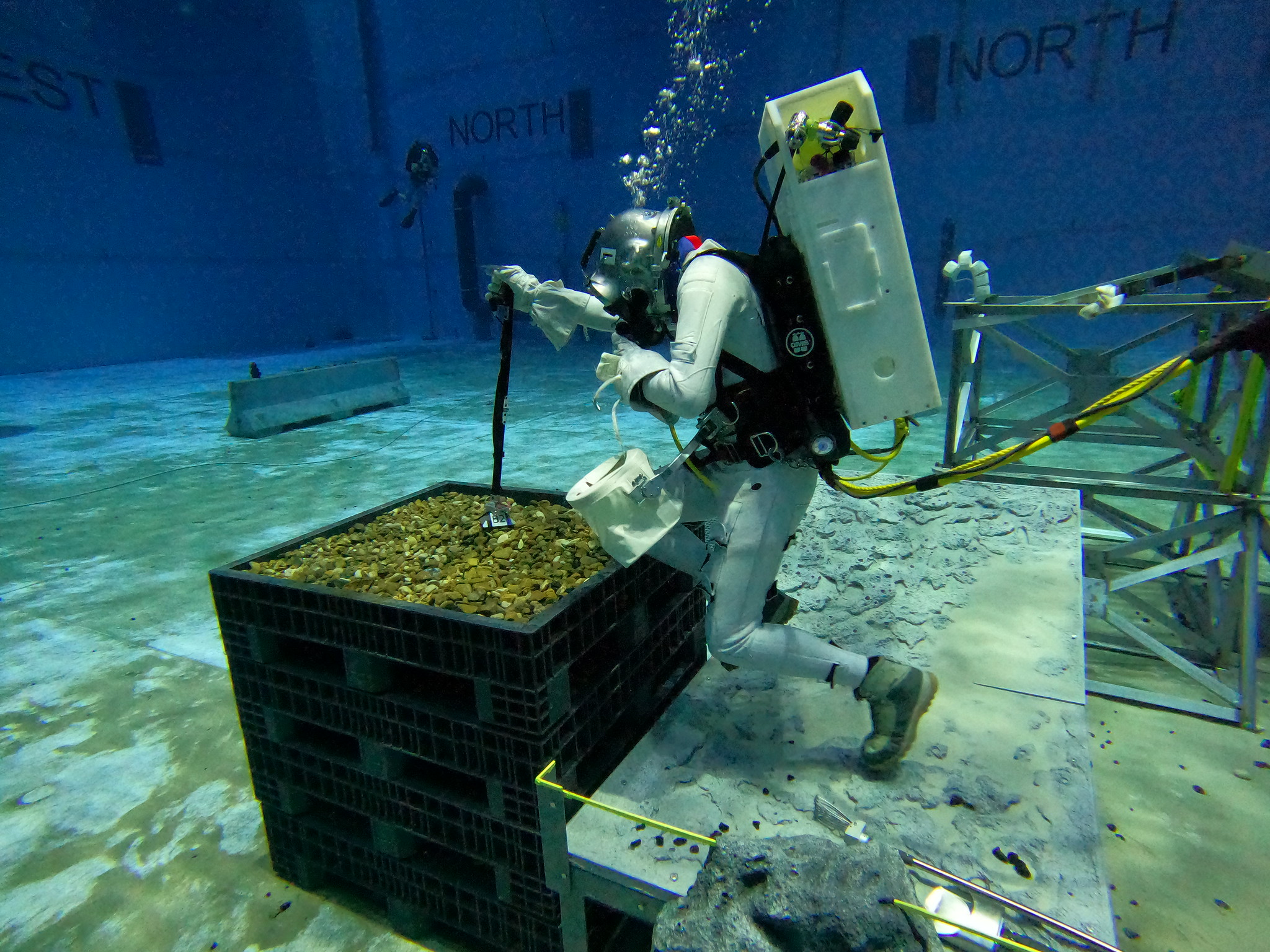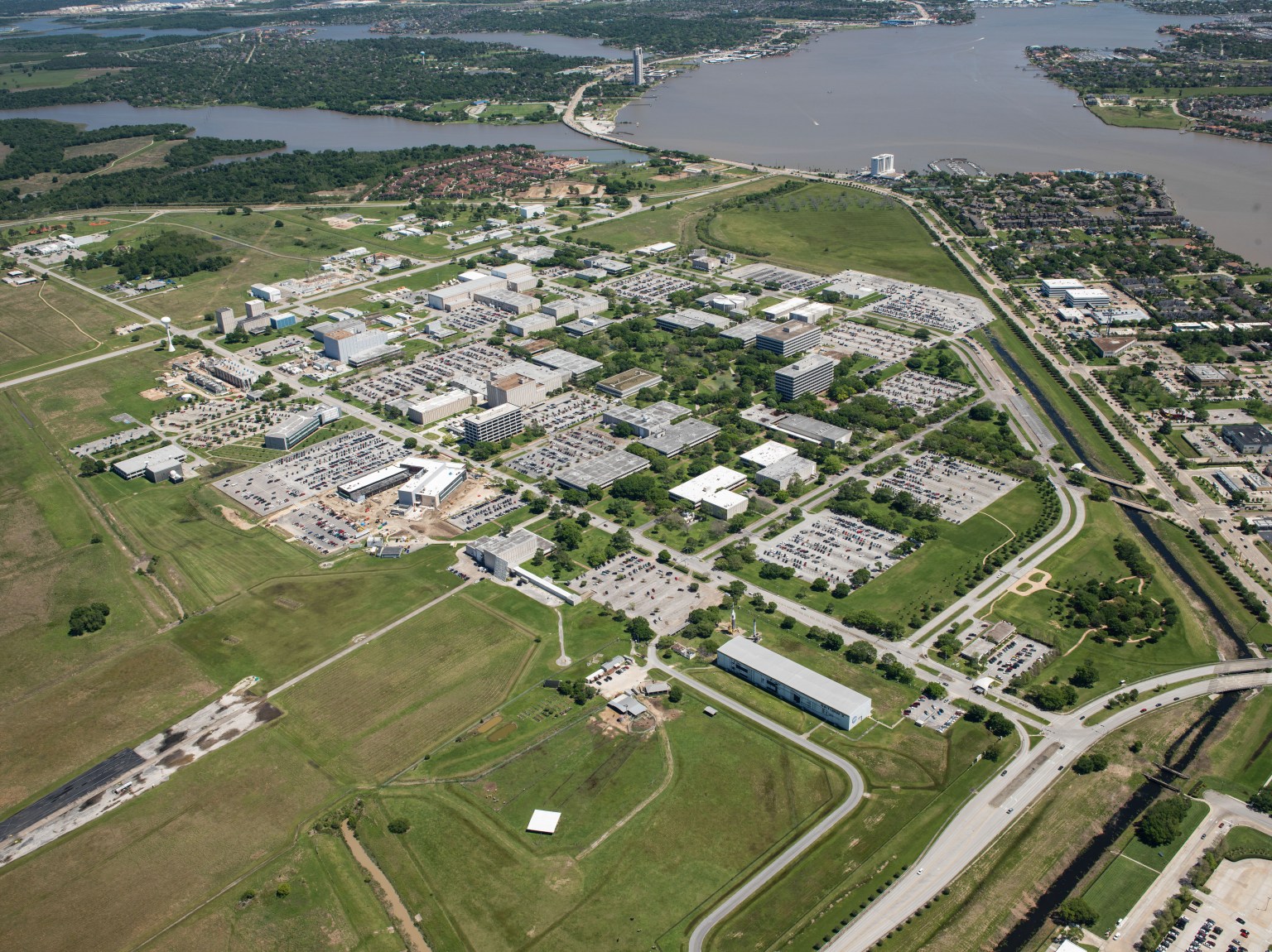Each prospective team member must meet all the following requirements:
- Enrolled as an undergraduate student enrolled in an accredited U.S. institution of higher learning (junior college, community college, college, university) at the time the proposal is submitted.
- 16 or older before arrival in Houston.
- U.S. citizen or legal permanent resident.
Additionally, each team must meet all the following requirements:
- Supervising faculty member from an accredited U.S. institution of higher learning.
- All primary team members must attend the orientation, preliminary design review, test readiness review, and prototype test week events.
- Primary team members may only participate with one team in the same challenge.
- Teams may not have more than two former Micro-g NExT team members per team.
Other Considerations:
- Teams can consist of multiple institutions collaborating in the same challenge.
- Team make-up should include an interdisciplinary aspect of any academic study area.
- Teams may receive support from university students of any level, faculty members, professional consultants etc., however only primary team members may participant in test week activities at NASA’s Johnson Space Center.
- During prototype test week up to six primary team members and one faculty advisor will be allowed to travel to JSC.
- One proposal per team.































